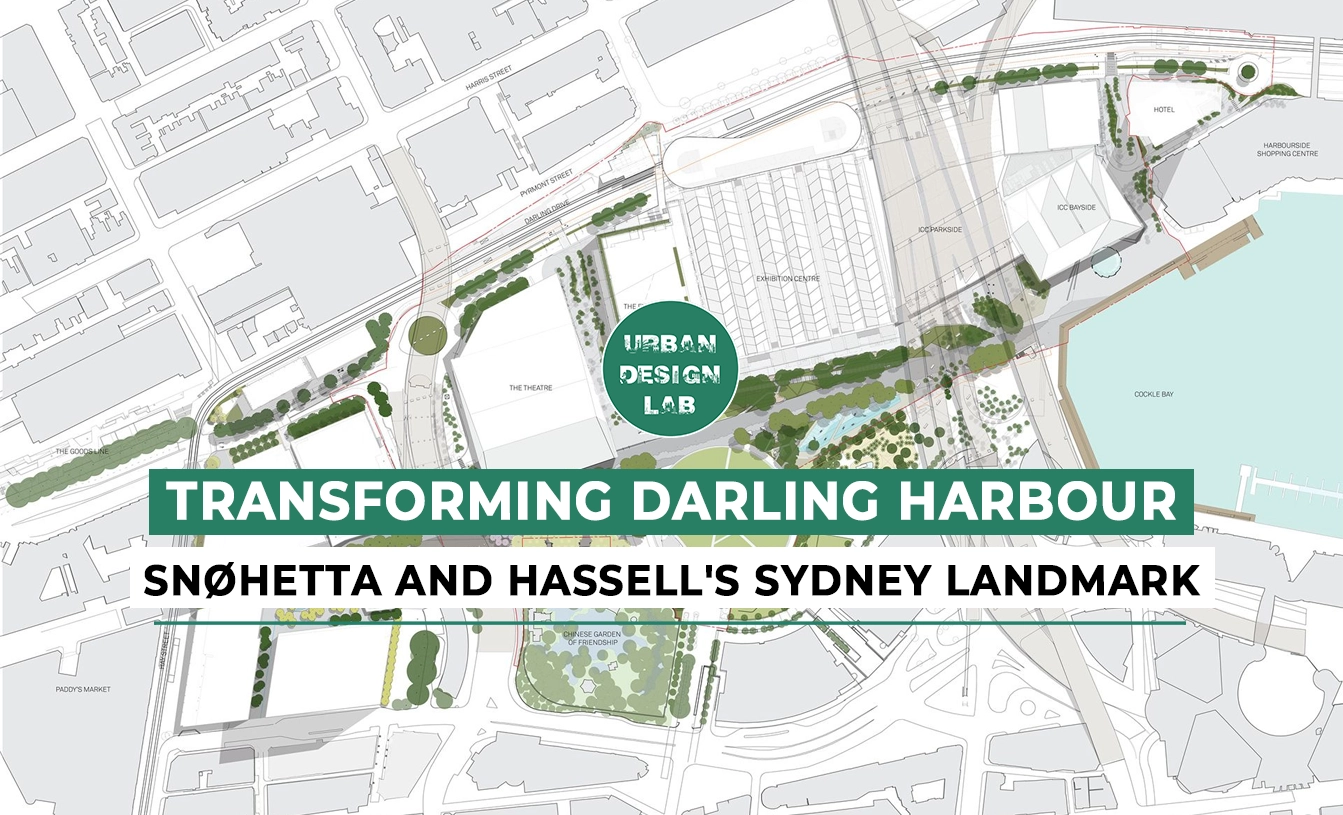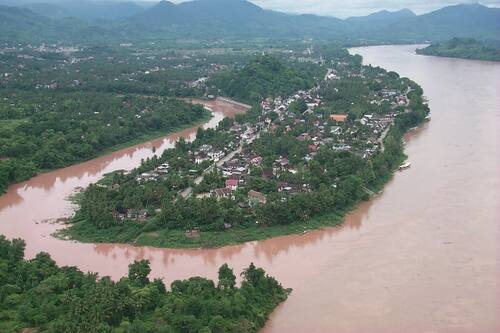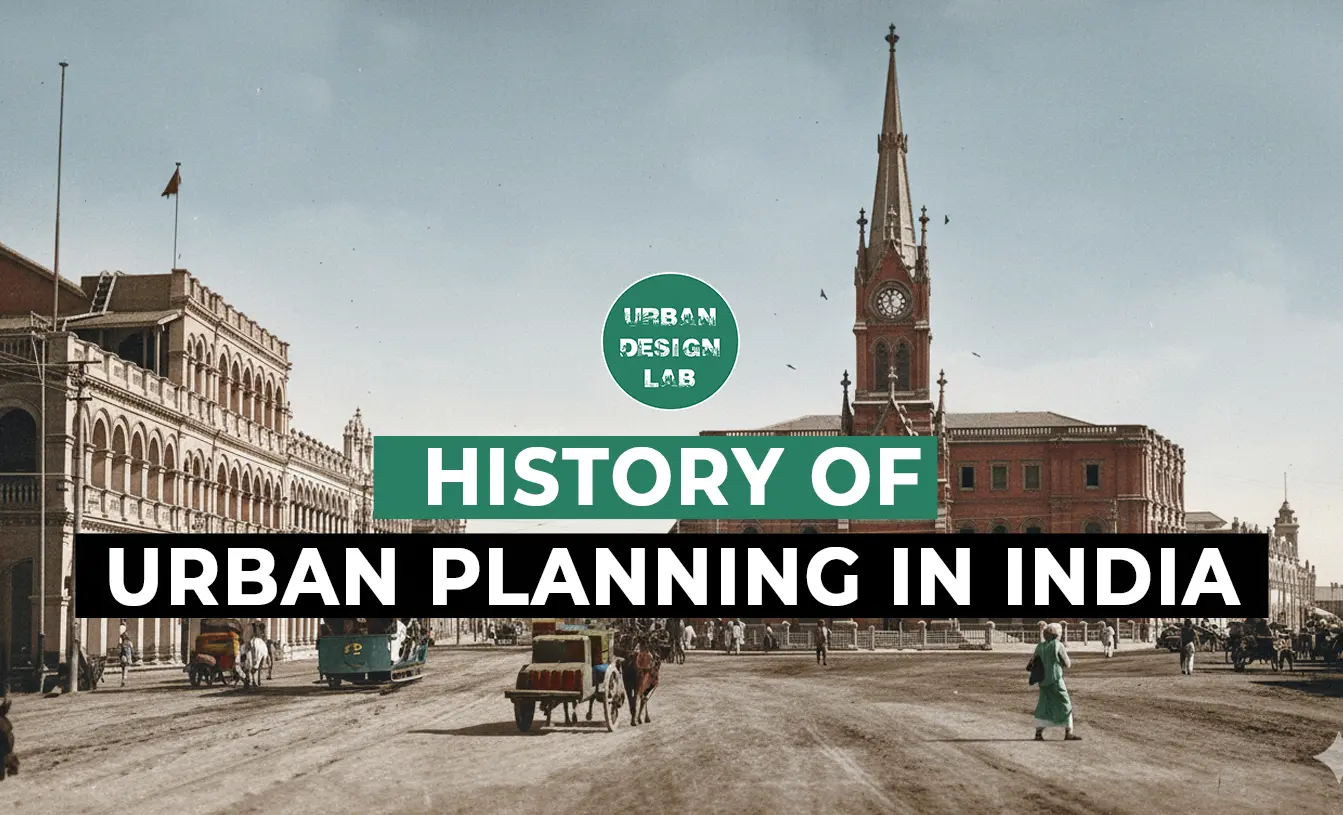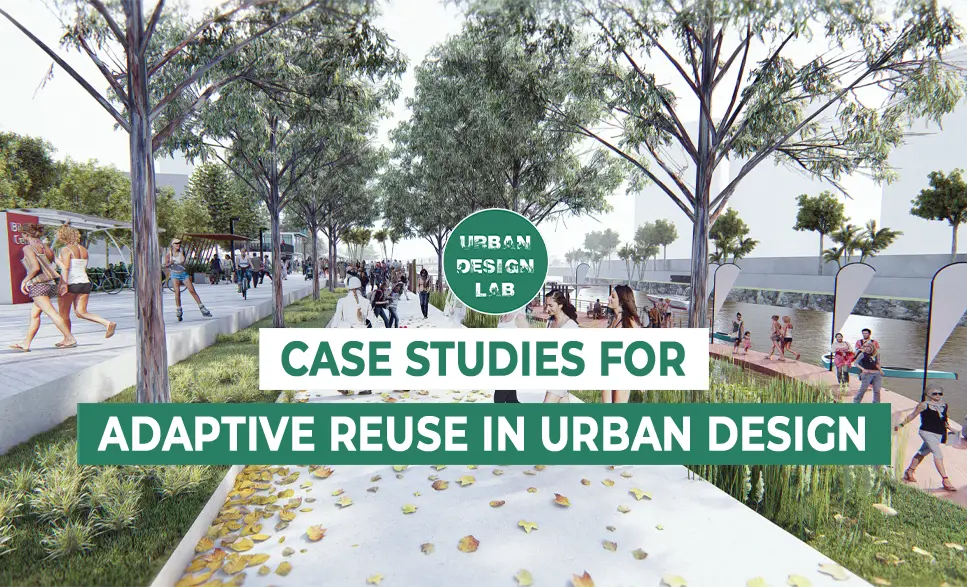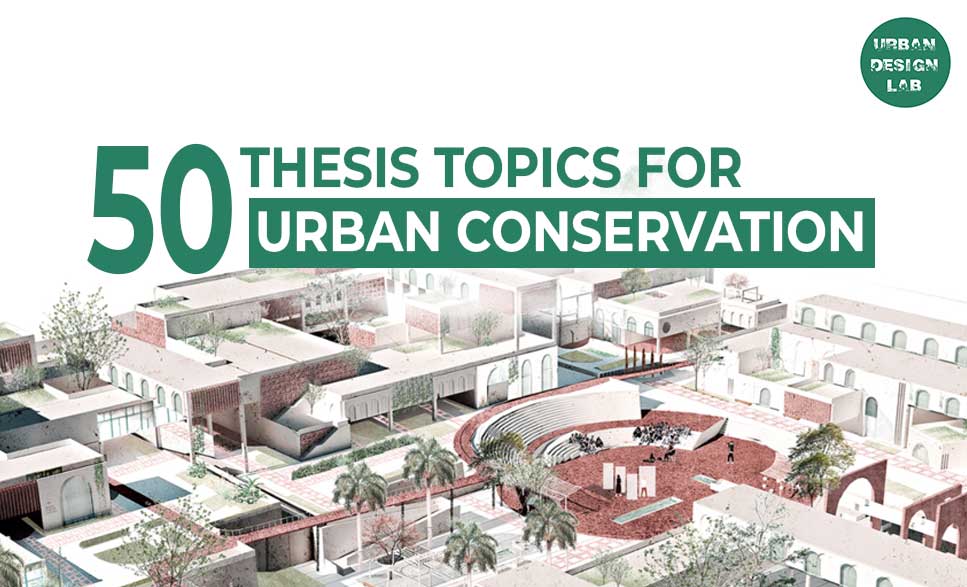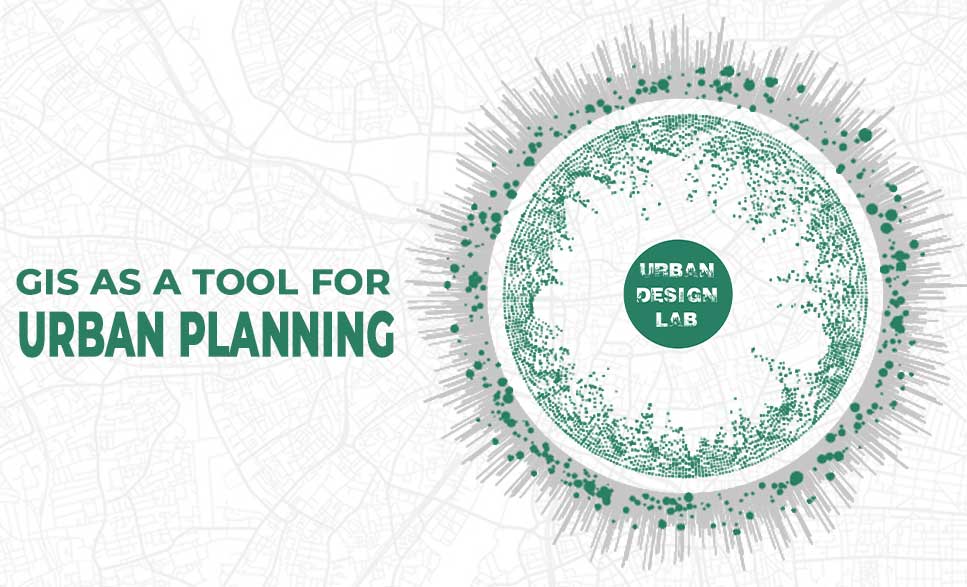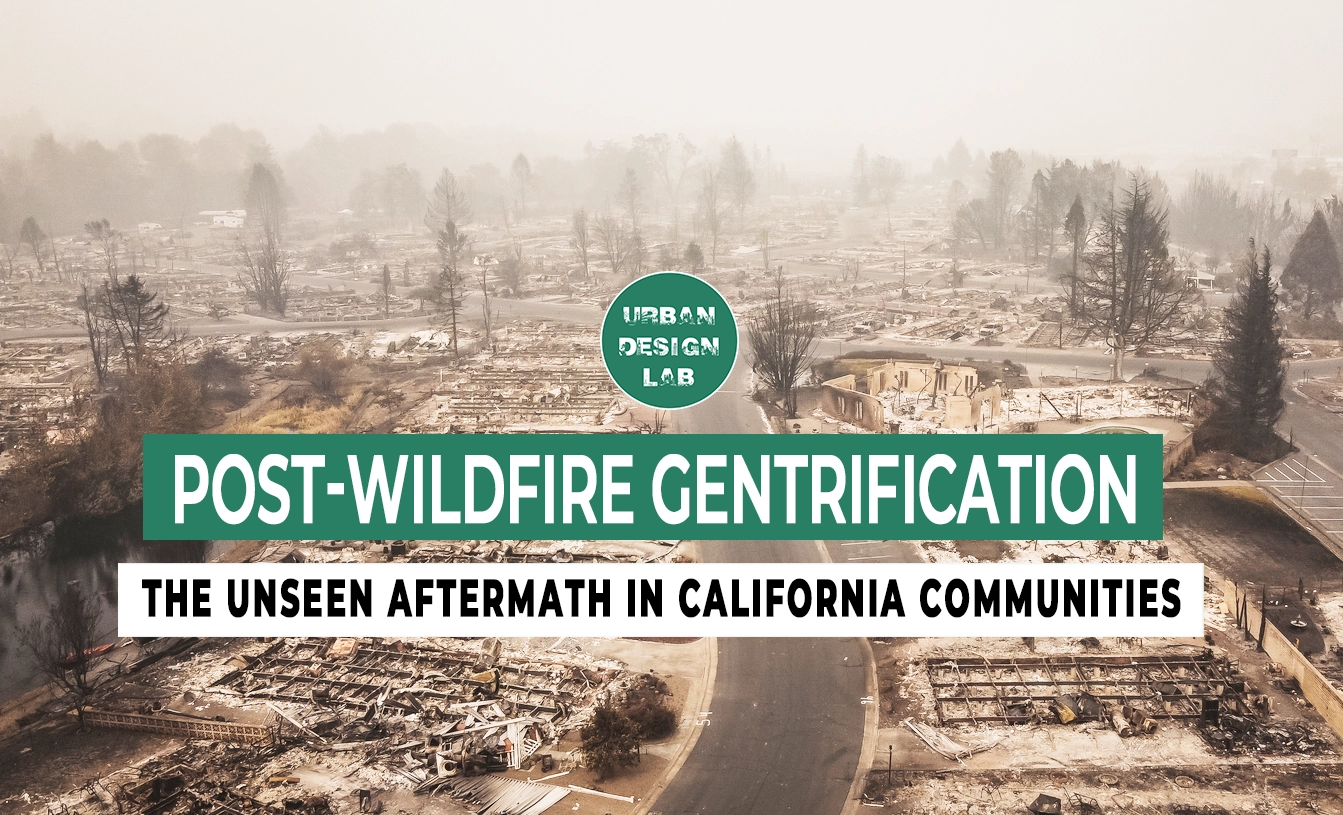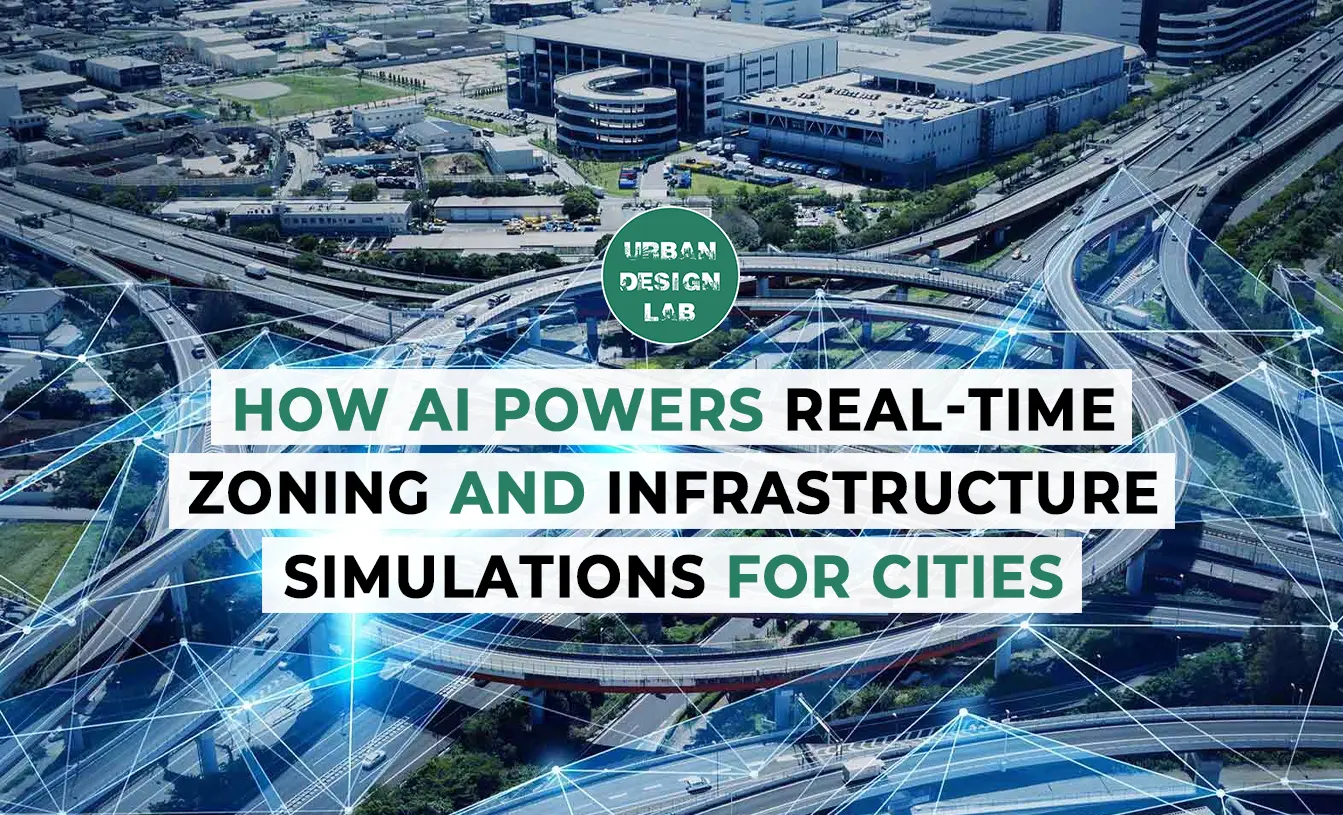
Nature Based Solutions and Sustainable Built Environments
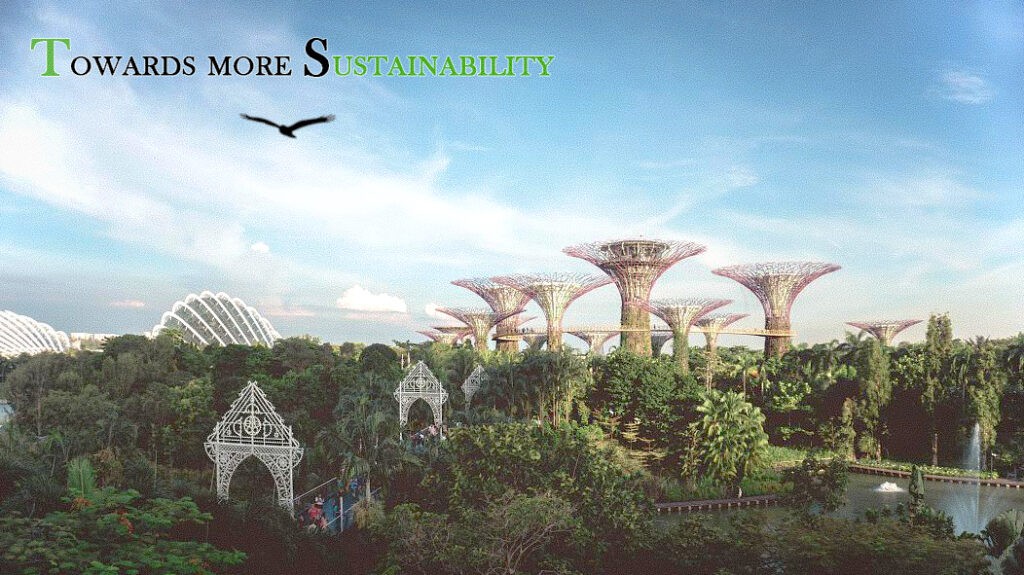
Abstract
Nature Based Solutions! This term has been widely used. What are these solutions? In addition, how they become into existence, as well as what they can bring to cities. We are going to cover all of these questions in this article “Nature Based Solutions and Sustainable Built Environments” The Nbs concept is increasingly being developed and implemented by IUCN and other organizations, such as the European Commission. Nbs are proliferating in European cities over the past years as smart and viable solutions to support sustainable urban development, in addition to enhance our understanding of nature in order to benefit human well-being. “Nature-based solutions have become a valid alternative for infrastructure development and infrastructure update in cities that are considering (new) approaches and rethink their time horizon and costs in maintaining them” (Fink, 2016). This article investigates the potential of nature-based solutions (Nbs) to build smart, sustainable and resilient cities.
Introduction to Nature-based Solutions
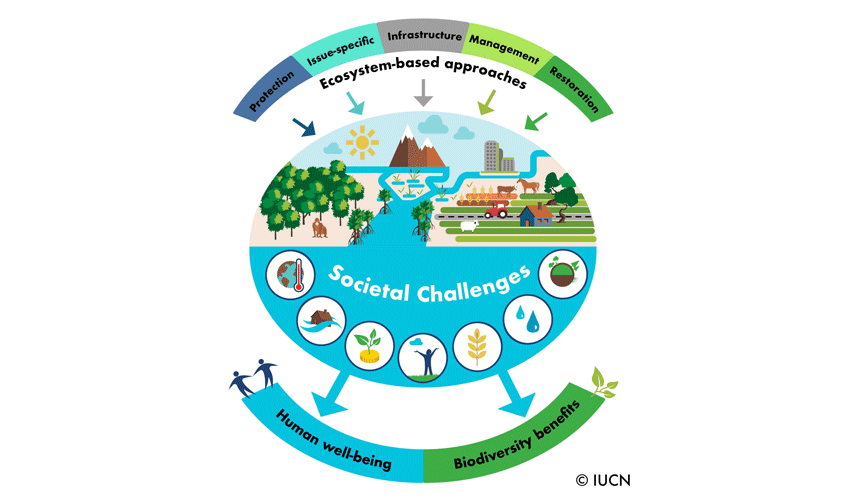
According to IUCN, “Nature-based solutions are actions to protect, sustainably manage, and restore natural or modified ecosystems that address societal challenges effectively and adaptively, simultaneously providing human well-being and biodiversity benefits”. In other words, Nbs is a collective term that has come to describe interventions that benefit human well-being while supporting biodiversity. There is a necessary need for understanding the nature in order to be able to harness its power for sustainable urban development. Nbs include a broad range of actions that use the power of nature to support climate resilience, healthy populations, sustainable economies, green jobs, as well as biodiversity conservation.
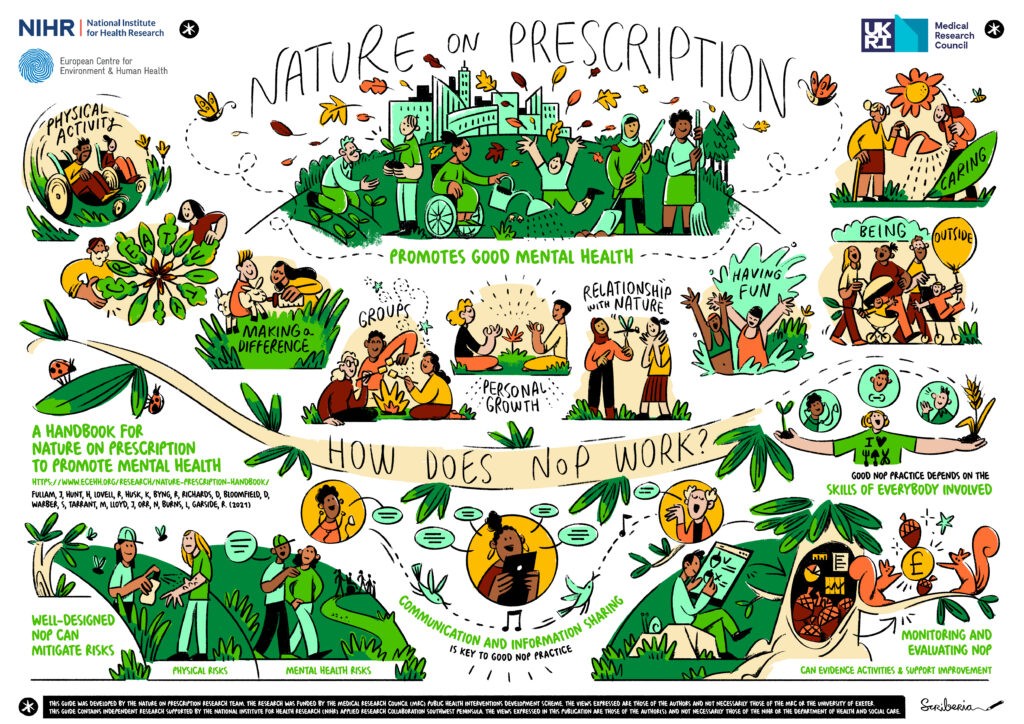
There is no single definition that can describe Nbs. However, we can see Nbs as an umbrella concept that encompasses a range of established approaches, such as ecosystem-based adaptation, ecosystem-based management, and blue-green infrastructure, as well as ecosystem-based disaster risk reduction. The concept of nature-based solutions has emerged in the last decades in environmental sciences and nature conservation contexts, as international organizations search for ways to work with ecosystems rather than relying on conventional engineering solutions.
Nature-based Solutions:
International Union for the Conservation of Nature (IUCN), proposed the following set of principles in order to move towards an operational framework that can guide applications of Nbs:
1) Embrace nature conservation norms (and principles.
2) Can be implemented alone or in an integrated manner with other solutions to societal challenges (e.g. technological and engineering solutions).
3) Are determined by site-specific natural and cultural contexts that include traditional, local and scientific knowledge.
4) Produce societal benefits in a fair and equitable way, in a manner that promotes transparency and broad participation.
5) Maintain biological and cultural diversity and the ability of ecosystems to evolve over time.
6) Are applied at the scale at a landscape.
7) Recognize and address the trade-offs between the production of a few immediate economic benefits for development, and future options for the production of the full range of ecosystems services.
8) Are an integral part of the overall design of policies, and measures or actions, to address a specific challenge.
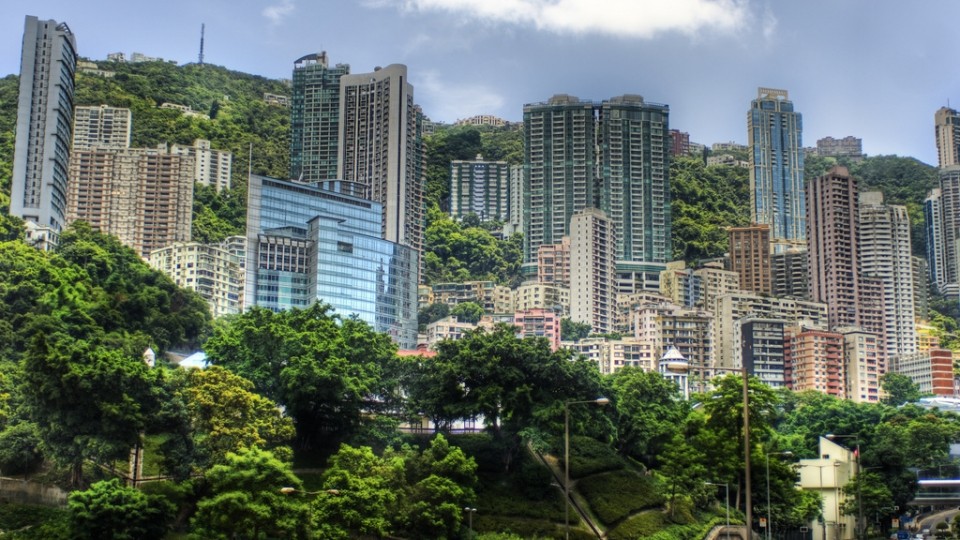
Nature-based Solutions are best considered as a framework that covers a range of different approaches. These approaches became into existence from a variety of spheres. However, they share a common focus on ecosystem services and the aim to address societal challenges. The most important thing that we need to consider is the broad principle of bringing nature into cities for the multiple benefits that it can deliver.
The Emergence of Nature-based Solutions
Since the down of civilizations, we have recognized the fundamental role that ecosystems play in supporting human well-being is a cornerstone of many primitive people’s cultures and belief systems and has been reflected in traditional knowledge systems for centuries. “However, it was only in the 1970s that the idea of environmental or ecosystem services began to establish itself in the modern scientific literature. By the 1990s, it was generally realized that a more systematic approach was to promote the conservation, restoration and sustainable management of ecosystems while also taking into account the increasing demands placed on ecosystem services” (Millennium Ecosystem Assessment, 2005).
A few years later “The concept of ‘Nature-based solutions’ (NbS) was introduced towards the end of the 2000s by the World Bank (MacKinnon et al. 2008) and IUCN (2009) to highlight the importance of biodiversity conservation for climate change mitigation and adaptation”. Nbs use ecosystems and the services they provide to address societal challenges, such as climate change, natural disasters, and food security.
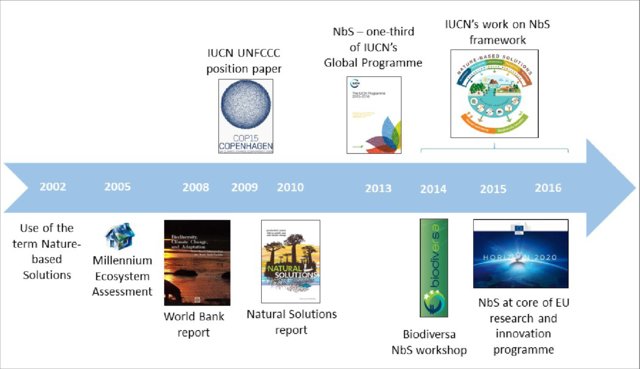
This timeline highlights the major milestones in the evolution of the Nbs concept, including the the illustrated publications and events:
- The World Bank report, Biodiversity, Climate Change and Adaptation: Nature-Based Solutions from the World Bank Portfolio (World Bank, 2008);
- IUCN’s position paper on the UNFCCC COP 15 (IUCN, 2009)
- Natural Solutions: Protected areas helping people cope with climate change, a report
- commissioned by IUCN-World Commission on Protected Areas, The Nature Conservancy, UNDP, Wildlife Conservation Society, the World Bank and WWF (Dudley et al., 2010);
- A workshop on ‘Nature-Based Solutions in a BiodivERsA context’ (Balian et al., 2014);
- A series of publications focusing on Naturebased Solutions (e.g. Eggermont et al., 2015, Maes & Jacobs, 2015, European Commission & Directorate-General for Research and Innovation, 2015, Potschin et al. 2015).

“The emergence of the NbS concept in environmental sciences and nature conservation contexts came as international organizations, such as IUCN and the World Bank, searched for solutions to work with ecosystems rather than relying on conventional engineering interventions (such as seawalls) — to adapt to and mitigate climate change effects, while improving sustainable livelihoods and protecting natural ecosystems and biodiversity” (Mittermeier et al., 2008). More broadly, the development of Nbs has moved toward a common recognition of the positive and the negative impacts of connecting the people to the nature.
Benefits of Nature-based Solutions
We have been experiencing many urban challenges during the last decades. In fact, our cities concentrate a huge number of people into areas that can be highly vulnerable to pollution, disasters, as well as the impacts of climate change. Hence, we seriously need to change the way and the concept of designing and building our cities against nature to design with nature, as well as understanding it, and try to harness its power for supporting human well-beings.
According to the UN (working paper G20), “Nature-based Solutions are important for urban areas on three levels:
1) Within cities: where they can provide natural shading, as well as reduce urban heat island effects and cooling needs, manage run-off water, improve health and well-being by reducing air pollution, and offer recreational spaces.
2) Around cities: where they can form part of city-region, interlinkages related to watershed management, recreational spaces, wildfire management, reduction and capture of CO2, sand, and dust storm reduction measures.
3) Away from cities: where nature-based solutions can be applied to the procurement of goods and infrastructure, as well as built environment decisions that influence urban supply chain. ”
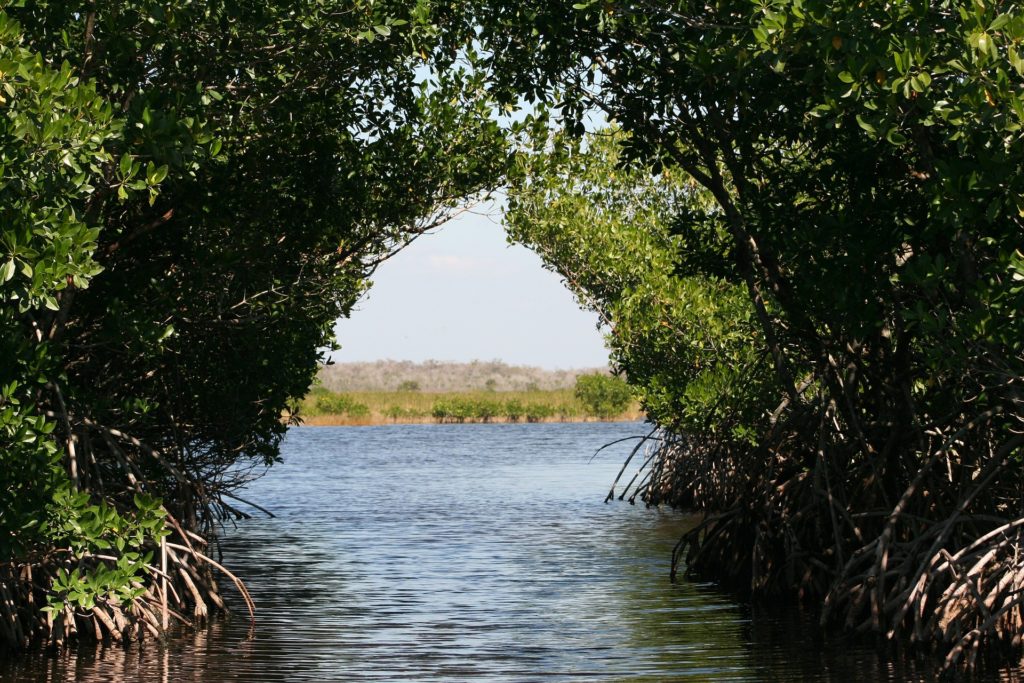
In fact, Nbs have multiple benefits as highlighted in the aforementioned definitions; they offer avoided losses, resilience, economic gains and long-term growth; and essential social and environmental services. Nature-based Solutions have showed a great potential in increasing resilience and avoid losses — contribute to the economics throughout saving billions of dollars every year by protecting people and infrastructure from flooding.
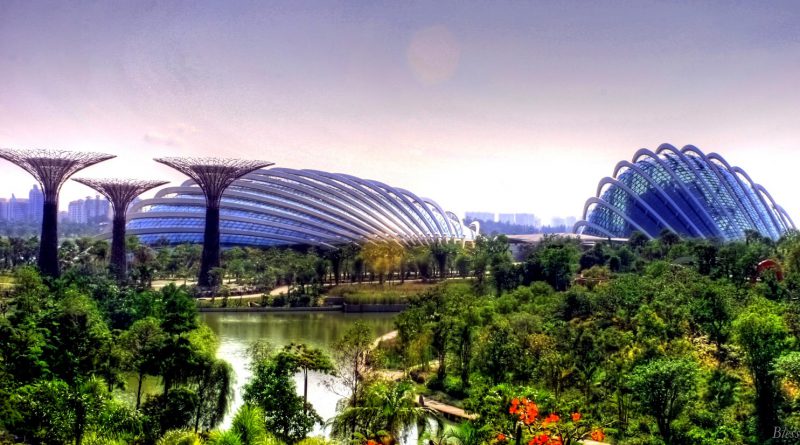
Singapore’s Active, Beautiful, Clean Waters (ABC Waters) initiative, has instituted a programme of “naturalising” (restoring) its waterways to lower flood risks. “This reduced the flood-prone area from 3,200 hectares to 32 hectares, saved an estimated $390 million in water costs annually and successfully encouraged communities to take ownership of Singapore’s waterwats and waterbodies, with 321 active partners adopting ABC Waters sites” (Kapos,V., Wicander, S., Salvaterra, T., Dawkins, K., Hicks, C. 2019. The Role of the Natural Environment in Adaptation, Background Paper for the Global Commission on Adaptation. Rotterdam and Washington, D, C).
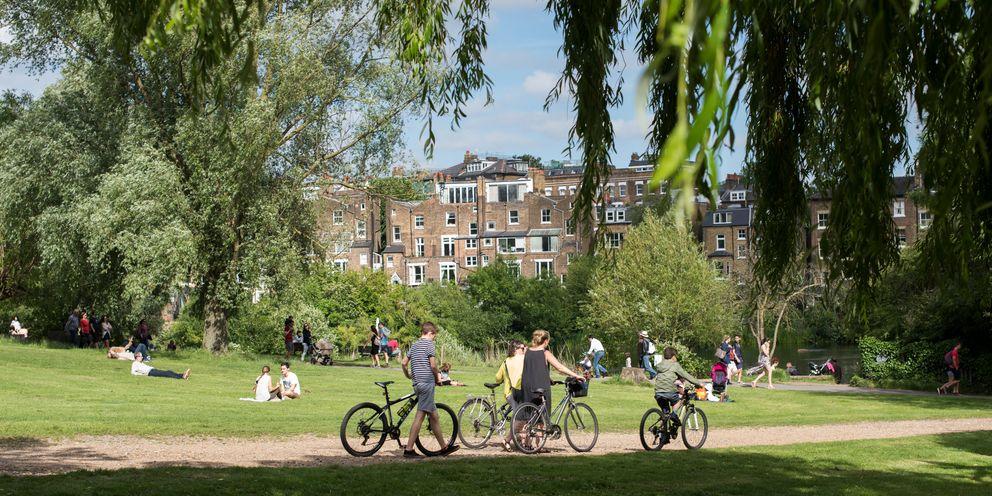
According to (Cook, J. and Taylor, R. 2020 Nature is an economic winner for Covid19 recovery, World Resources Institute), “Nature-based Solutions offer important economic gains. These include jobs, cheaper infrastructure, business productivity, tourism and recreation value, as well as long-term economic growth associated with increasing food and water security”. We have been making significant investments towards carbon and storm water reduction. However, we already aware of the positive impacts of harnessing the power of nature and build more recreational and green spaces.
There is a study conducted in 2015 “that examined 25 case studies of projects un urban regions, estimated that each hectare if urban green area provided a range of between $3,000 and $18,000 of benefit every year in terms of carbon storage, storm water reduction, and air pollution removal” (Benefits of restoring ecosystem services in urban areas, 2015).
In addition, The UN suggests, “NBS can provide up to 33% of the necessary cost-effective CO2 sequestration needed to limit global warming below 2oC. This is based on 2017 research led by (The Nature Conservancy), and summarized in the chart below, which considered 20 improved land stewardship pathways across global forests, wetlands, grassland and agricultural ecosystems”.
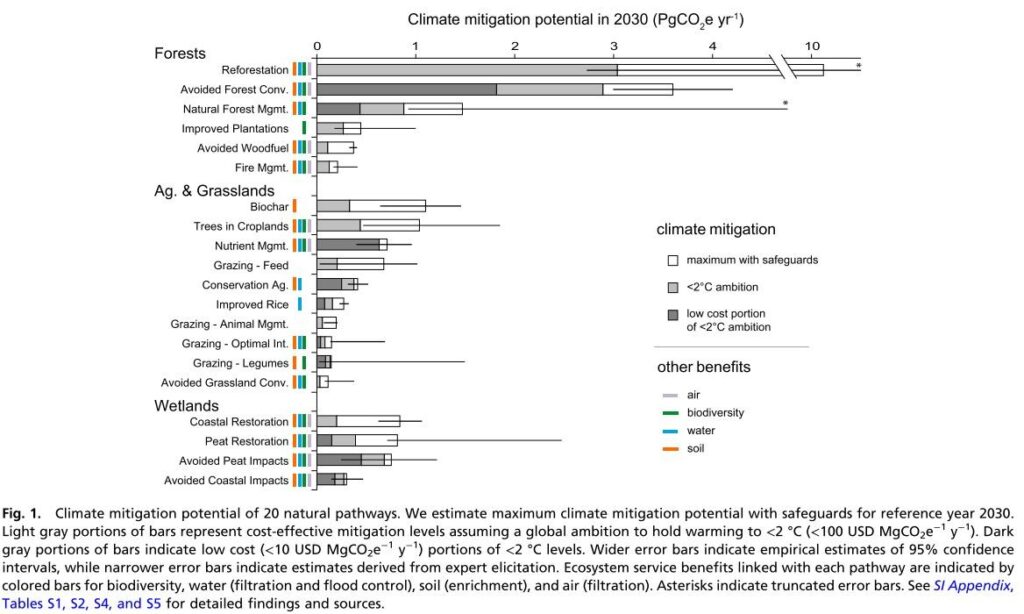
“This research defined “cost-effective” as an abatement cost of <$100/Mtonne CO2 but it did not account for the value of other ecosystem services that these pathways provide (such as water filtration, flood control, air filtration and soil quality). Some of these additional ecosystem services are vital for increasing the resilience of communities in terms of climate change adaption” (The Rise of Nature Based Solutions: Putting a Value on Nature, May 2021, Alison Isherwood).
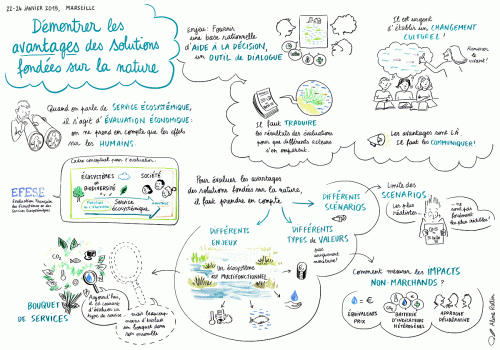
In cities, Nature-based Solutions can also be cost-effective approaches that provide multiple benefits: climate resilience, healthy populations, sustainable economies, green jobs, and biodiversity conversation. In order to maximize the benefits of NbS, we need at first to understand, value, and track them. In fact, putting NbS into actions depends on the the quality of governance, the level of political will, and citizen engagement, as well as the effectiveness of the planning, design, and the management of different approaches. “Ultimately the success of NbS programmes often turns on how well local city authorities are able to interact with state or national governments to ensure the coherence and complementarity of policies and actions at different scales” (UN, a working paper for the G20).
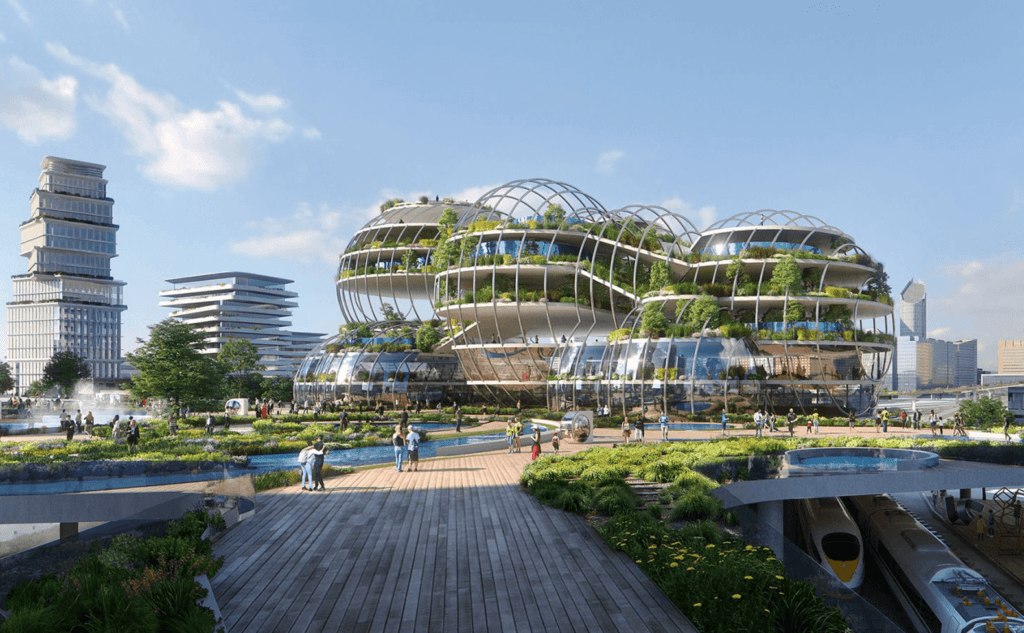
Conclusion:
“In 2050 it is estimated that 75% of the infrastructure to be built” (Balfour Beatty 2016, Future Infrastructure Need). Therefore, our decisions as humans will shape our built environments’ sustainability and prospects for decades. Building a bright future requires a serious change in the transformation of urban areas towards sustainability and resilience.
In this article, we have experienced how harnessing the power of nature in cities could help to strengthen their resilience to climate change while delivering multiple benefits in the form of cleaner air and water, reducing the need for cooling, as well as access to recreational areas, and wildlife. In spite of the fact that NbS can positively contribute to our life, governments at all levels need to intentionally align their policy, planning, regulations, incentives, and institutional arrangements to meet that goal.
Collectively, we need to find new ways to value nature in cities, support learning, to encourage the uptake of NbS to develop innovative approaches to multilevel governance, all while finding ways to talk about, finance, and sustain NbS interventions. We should demonstrate that managed well, nature in cities is not a cost but an enormous social, environmental, and economic asset.
About the Author
Ahmed Alsherbini is an Egyptian architect and urban researcher. He won several national and international architecture and urban design competitions. Currently, he is an M.Sc candidate in the IHS Urban Management and Development programme with a specialisation in Strategic Urban Planning and Policies. Ahmed focuses not only on urban mobility and heritage but also on place-making strategies and the people. Ahmed sees that people are the answer, especially the transactions between them. Everyone has the right to live a good life because that is what they have always believed in.
Conclusion
References
About the author
Related articles


Architecture Professional Degree Delisting: Explained

Periodic Table for Urban Design and Planning Elements


History of Urban Planning in India
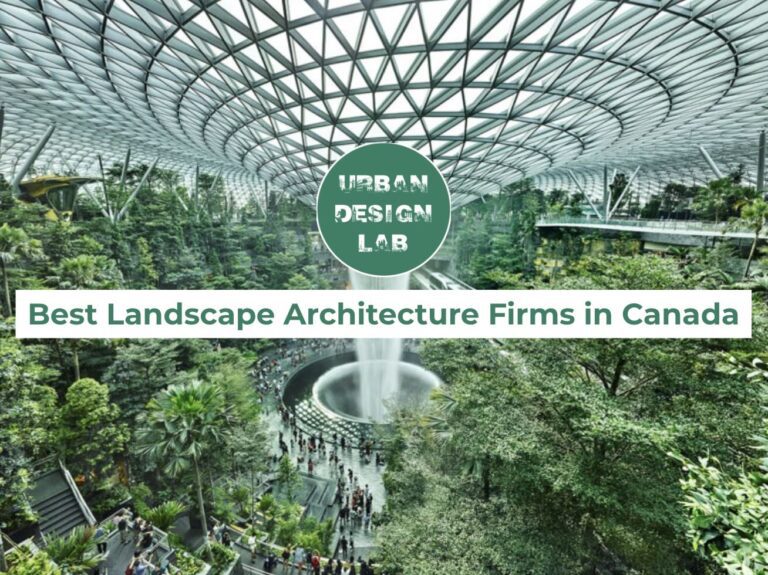
Best Landscape Architecture Firms in Canada
UDL GIS
Masterclass
Gis Made Easy- Learn to Map, Analyse and Transform Urban Futures
Session Dates
15th-19th December 2025

Urban Design Lab
Be the part of our Network
Stay updated on workshops, design tools, and calls for collaboration
Curating the best graduate thesis project globally!

Free E-Book
From thesis to Portfolio
A Guide to Convert Academic Work into a Professional Portfolio”
Recent Posts
- Article Posted:
- Article Posted:
- Article Posted:
- Article Posted:
- Article Posted:
- Article Posted:
- Article Posted:
- Article Posted:
- Article Posted:
- Article Posted:
- Article Posted:
Sign up for our Newsletter
“Let’s explore the new avenues of Urban environment together “


























